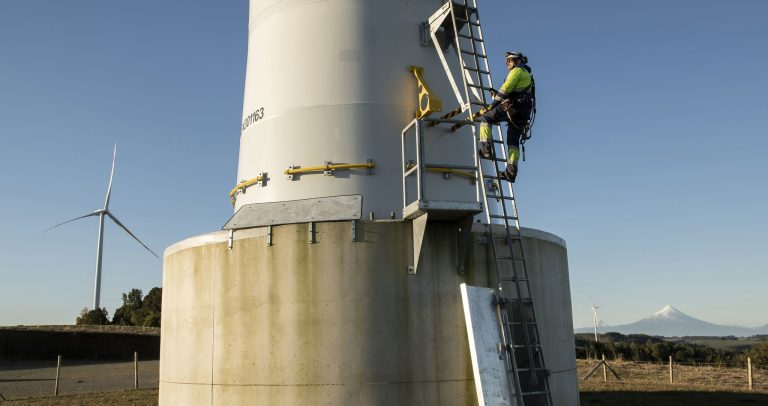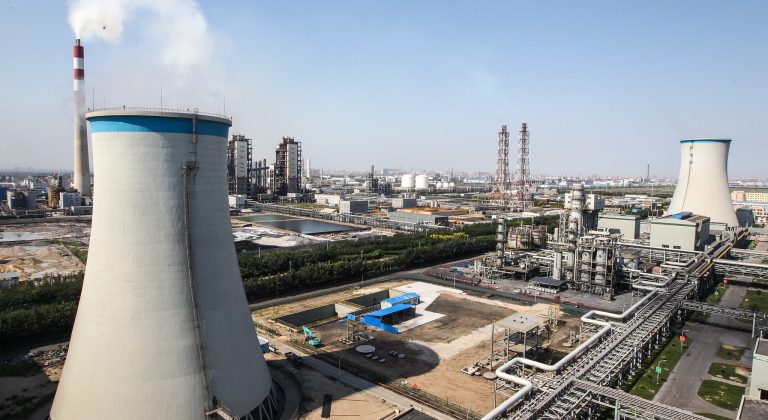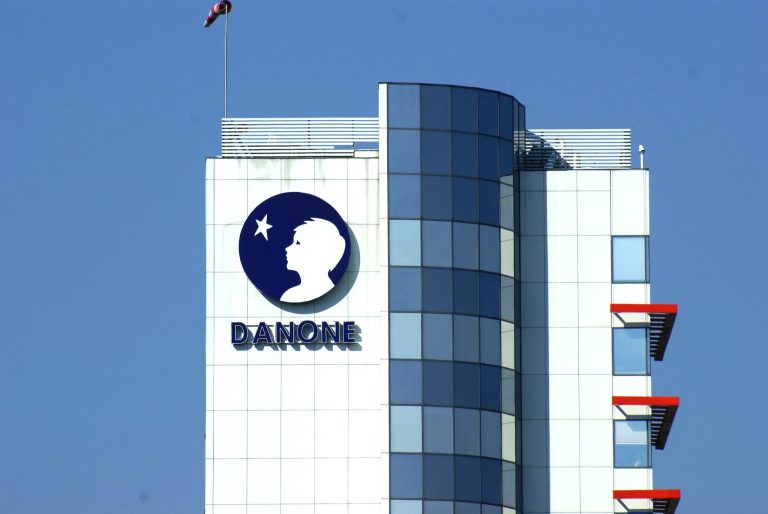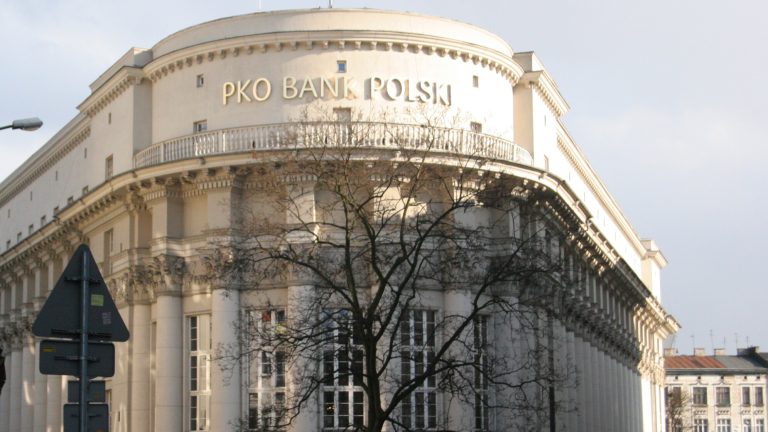Poland biggest beneficiary of EU membership among eastern member states, finds study

Poland has been the biggest beneficiary of EU membership among the eastern member states that have joined the bloc since 2004, a new report by Polish bank Pekao shows. Over that period, its economy has also grown the third fastest among all 27 countries in the union.
Poland’s real GDP – a measure of economic output adjusted for price changes – doubled between 2004 and 2022. That was more than any of the other Central and Eastern European countries that have joined the EU.
Among them, Romania recorded the second-strongest growth, of 80%. Meanwhile, Poland’s neighbours Slovakia, Lithuania and the Czech Republic saw growth of 78%, 74%, and 51%, respectively. Over the same period, the GDP of the EU as a whole rose by 27%.
In its report, Pekao notes that “across the EU, only small Malta and Ireland, with its preferential taxes for global corporations, experienced faster growth over this period”. Between 2004 and 2022, Malta’s GDP rose by almost 200% while Ireland’s grew by 185%.
Kto był największym beneficjentem poszerzenia 🇪🇺? Wiele danych makroekonomicznych i sektorowych wskazuje, że 🇵🇱. W maju mija 20 lat naszego członkostwa we Wspólnocie i z tej okazji przygotowaliśmy nowy raport zawierający bilans sukcesów, szans i wyzwań. Zapraszamy na krótką 🧵 pic.twitter.com/e1Td2wM13o
— Analizy Pekao (@Pekao_Analizy) March 28, 2024
“Many indicators demonstrate that Poland was the largest beneficiary of EU membership among all the countries in the region that joined the community in 2004 and later,” writes the bank.
Its report notes that, over the last two decades, Poland’s sectors of information and communication and business services for companies both saw a three-fold rise in added value, the EU’s fourth and third fastest rises respectively.
Meanwhile, Poland’s added value in the financial services sector grew by a factor of 2.9, the second-fastest growth in the EU, while the industrial manufacturing sector grew by 2.8, which was fastest rate in the EU.
“Excluding the aforementioned Ireland and the smallest EU economies (Luxembourg, Malta, and Cyprus), Poland ranked in the EU top three in terms of the scale of growth since 2004 in as many as eight large sectors of the economy,” the report reads.
Poland is the world’s second most popular location for global firms to establish service centres, behind only India, a report by @Deloitte has found https://t.co/bwDGMW5WJz
— Notes from Poland 🇵🇱 (@notesfrompoland) October 10, 2023
The bank found that Poland has also advanced most strongly in the EU’s ranking of exporters.
“All countries in the [CEE] region gained from the accession as suppliers within regional supply chains, but it was Poland that was the biggest beneficiary of the European industry relocation process,” notes its reports.
Poland’s share of total EU state exports increased by 3.1 percentage points between 2004 and 2022, compared to a rise of 1.5 p.p. and of 0.8 p.p. recorded by its southern neighbours, the Czech Republic and Slovakia.
Change in share of selected member states’ share in total EU-27 exports, 2023 vs 2004 (source: 20 years of Poland in the European Union from a business perspective and sectors of the economy, Pekao bank
Pekao’s economists noted that EU membership has allowed the Polish economy to grow faster than southern eurozone countries, such as Spain.
In 2022, Poland overtook Spain on the EU’s household wealth index. A year earlier, it also surpassed Portugal in terms of GDP per capita, taking into account price level differences between countries (known as purchasing power parity, or PPP).
Poland has overtaken Spain and is almost equal with Ireland in an index used by the EU to assess the material wealth of households in member states https://t.co/QkQ15B5O64
— Notes from Poland 🇵🇱 (@notesfrompoland) July 11, 2023
But Pekao notes that although Poland has made huge strides over the past two decades, it is still lagging behind on issues such as research and development investment – even compared to other countries in the region – particularly in sectors such as automotive and pharmaceuticals.
In addition, in industries such as chemicals, pharmaceuticals and machinery, Poland’s share of EU exports is low, while its foreign trade balance is negative, “generally much more so than at the time of accession”.
Poland also remains one of the EU’s most energy-intensive and “dirty” economies. The share of zero-carbon technologies in electricity generation, although it has recorded solid growth in recent years, is still the lowest in the entire EU.
“The high cost of CO2 emission allowances means we are entering an era of expensive energy (more expensive than the EU average) and penalisation of Polish companies for their above-average emissivity,” wrote the bank. “Accelerating the energy transition is becoming our investment priority, affecting the competitiveness of companies.”
Poland has been rated as the EU’s least green country in a new ranking.
The EU-funded study takes into account the state of the environment, its effects on quality of life, and efforts to address climate issues https://t.co/hKyeucSzBl
— Notes from Poland 🇵🇱 (@notesfrompoland) November 5, 2022
Pekao’s analysts expect, however, Poland to remain one of the biggest beneficiaries of EU funds in the coming years, boosted by the recent unlocking of €137 billion (600 billion zloty) of frozen EU funds.
The bank’s report also notes that Poland has “considerable potential to further increase our share of intra-union trade”, especially in markets such as France, Italy and Spain.

Notes from Poland is run by a small editorial team and published by an independent, non-profit foundation that is funded through donations from our readers. We cannot do what we do without your support.
Main image credit: Skitterphoto / Pexels

Alicja Ptak is senior editor at Notes from Poland and a multimedia journalist. She previously worked for Reuters.






